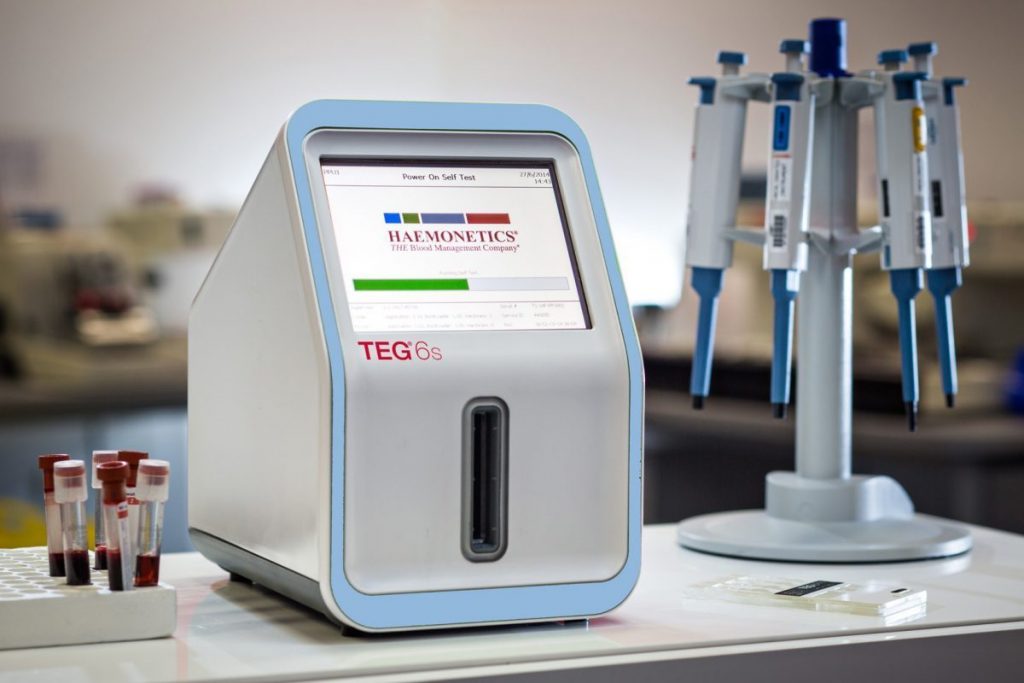Hemostatis Analyzer-Supported Hemotherapy Algorithm in Cardiac Surgery: Protocol for a Randomized Controlled Monocentric Trial

Background
Point of care devices for performing targeted coagulation substitution in patients who are bleeding have become increasingly important in recent years. New on the market is the Quantra. It is a device that uses sonorheometry, a sonic estimation of elasticity via resonance, which is a novel ultrasound-based technology that measures viscoelastic properties of whole blood. Several studies have already shown the comparability of the Quantra with devices already established on the market, such as the rotational thromboelastometry (ROTEM) device.
Objective
In contrast to existing studies, this study is the first prospective interventional study using this new system in a cardiac surgical patient cohort. We will investigate the noninferiority between an already existing coagulation algorithm based on the ROTEM/Multiplate system and a new algorithm based on the Quantra system for the treatment of coagulopathic cardiac surgical patients.
Methods
The study is divided into two phases. In an initial observation phase, whole blood samples of 20 patients obtained at three defined time points (prior to surgery, after completion of cardiopulmonary bypass, and on arrival in the intensive care unit) will be analyzed using both the ROTEM/Multiplate and Quantra systems. The obtained threshold values will be used to develop a novel algorithm for hemotherapy. In a second intervention phase, the new algorithm will be tested for noninferiority against an algorithm used routinely for years in our department.
Results
The main objective of the examination is the cumulative loss of blood within 24 hours after surgery. Statistical calculations based on the literature and in-house data suggest that the new algorithm is not inferior if the difference in cumulative blood loss is <150 mL/24 hours.
Conclusions
Because of the comparability of the Quantra sonorheometry system with the ROTEM measurement methods, the existing hemotherapy treatment algorithm can be adapted to the Quantra device with proof of noninferiority.
